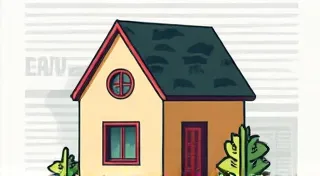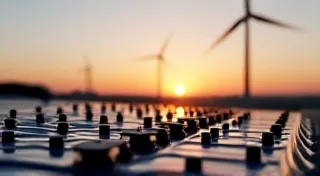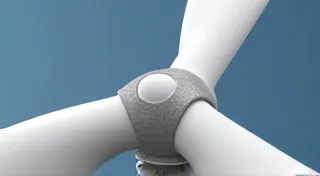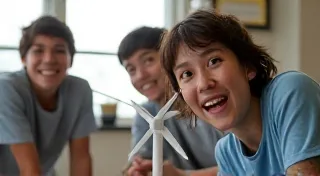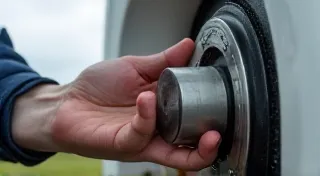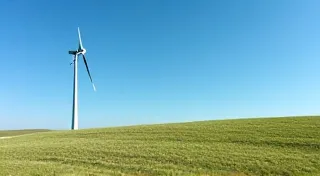Wiring Your Wind Turbine: Connecting to Your Home or Battery Bank
So, you’ve built your small-scale wind turbine – fantastic! Now comes the crucial step: getting that generated electricity *used*. This article will guide you through the basics of wiring your wind turbine, outlining the two primary options: connecting to your home’s electrical grid (grid-tie) and storing energy in batteries (off-grid). Understanding the best approach for energy storage is key, and for those looking to maximize their energy independence, exploring topics like maximizing energy storage: battery selection for your wind turbine system can be a great starting point. Please read the safety warnings at the end of this article - working with electricity is dangerous!
Understanding the Basics
Before we dive into the specifics, it's important to understand a few fundamentals. Your wind turbine will generate Direct Current (DC) electricity. Your home and most appliances typically use Alternating Current (AC). This means we’ll likely need an inverter – a device that converts DC to AC. Battery banks require a charge controller to prevent overcharging. The overall efficiency of your system, particularly when relying on battery storage, hinges on selecting the right battery type and configuration. Factors such as depth of discharge, cycle life, and temperature sensitivity all play a vital role.
Option 1: Grid-Tie Connection
Connecting your wind turbine to the electrical grid allows you to feed your excess power back into the system, potentially earning credits from your utility company (net metering policies vary by location). This option usually requires more sophisticated equipment and potentially permits. The process involves careful coordination with your utility provider and adherence to strict technical specifications. Before embarking on a grid-tie project, it's wise to research local regulations and requirements to ensure compliance and avoid potential setbacks.
Components Needed (Typically):
- Wind Turbine Generator: This is the generator you built or purchased.
- Charge Controller/Dump Load Controller: Manages the power flow and prevents overvoltage damage. Critical for grid-tie systems. These controllers are increasingly sophisticated, offering features like maximum power point tracking (MPPT) to optimize energy capture from the turbine.
- Grid-Tie Inverter: Converts DC power from the turbine to AC power that matches the grid’s frequency and voltage. These are specifically designed to synchronize with the grid and must meet stringent safety and performance standards.
- Disconnect Switches: For safely isolating the turbine and inverter for maintenance or in case of emergencies. Multiple disconnect switches are often required for added safety and maintenance flexibility.
- Wiring: Appropriately sized wiring for the voltage and amperage involved. Proper wire gauge is absolutely essential to prevent voltage drop and overheating.
- Grounding System: A robust grounding system is critical for safety and to protect against electrical faults.
Process Overview: The turbine’s DC output goes to a charge controller/dump load controller, then to a grid-tie inverter. The inverter then feeds into your home's electrical panel, synchronized with the grid. Strict adherence to electrical codes and utility company requirements is essential for a safe and legal grid-tie setup. A qualified electrician should be involved in the entire process, from system design to final commissioning. The complexity of grid-tie systems demands professional expertise to ensure safety and compliance.
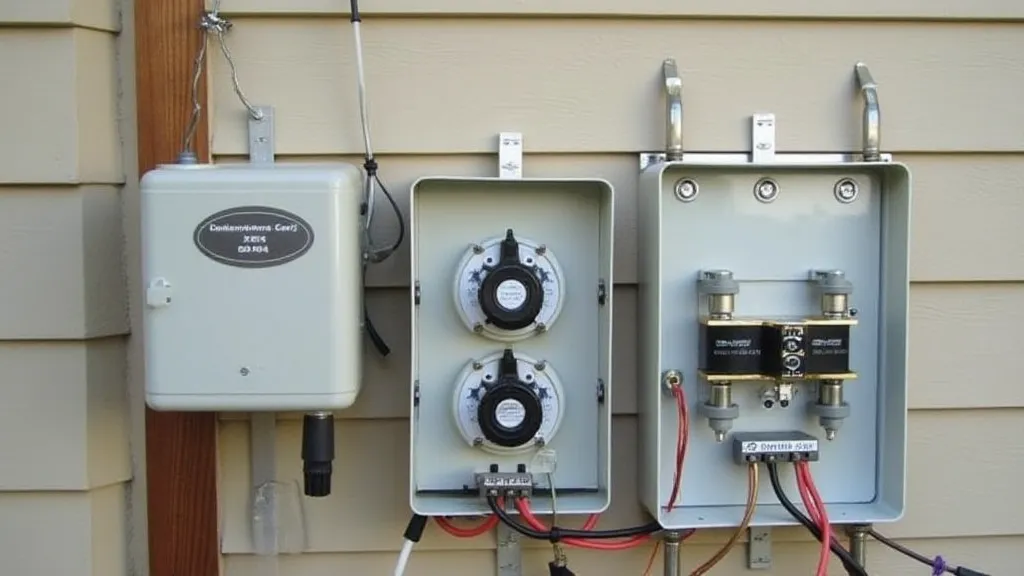
Option 2: Battery Bank Storage (Off-Grid)
If you’re aiming for energy independence or lack grid access, storing energy in a battery bank is the way to go. This allows you to use the generated power even when the wind isn't blowing. For those committed to off-grid living, careful planning of the entire system, including the battery bank size and type, is paramount to reliable power.
Components Needed (Typically):
- Wind Turbine Generator: Again, the generator itself. The generator’s output characteristics, such as voltage and amperage, directly impact the battery bank charging profile.
- Charge Controller: Regulates the voltage and current going into the batteries, preventing overcharging. Advanced charge controllers often include features like temperature compensation to optimize battery life.
- Battery Bank: A collection of batteries (typically deep-cycle) connected in series and/or parallel to achieve the desired voltage and capacity. The choice of battery chemistry (e.g., lead-acid, lithium-ion) significantly impacts performance, lifespan, and cost.
- DC-to-AC Inverter: Converts the battery bank’s DC power into AC power for running your appliances. Inverter size should be carefully matched to the expected load requirements.
- Wiring: Properly sized wiring. Consider using stranded wire for increased flexibility and resistance to vibration.
- Monitoring System: Provides real-time data on battery voltage, current, state of charge, and other critical parameters.
Process Overview: The turbine's DC output goes to a charge controller, which manages the charging of the battery bank. When you need power, the DC power from the batteries is converted to AC by an inverter to power your loads. Regularly monitoring battery health and performance is key to maximizing the overall system lifespan and preventing unexpected downtime.
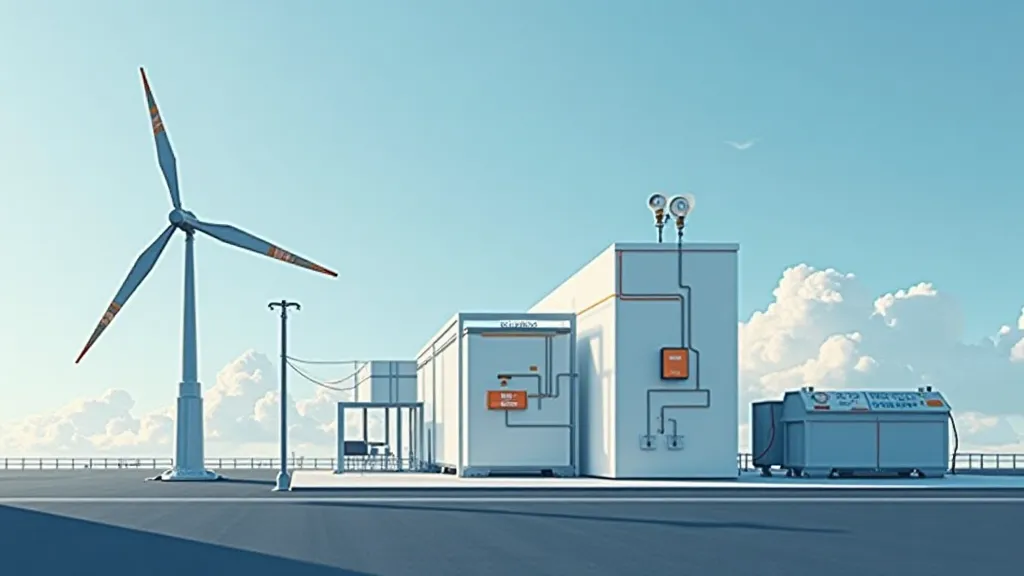
System Sizing and Considerations
Regardless of whether you choose a grid-tie or off-grid system, accurate sizing is crucial. Calculate your energy needs carefully, considering peak demand and average daily consumption. Oversizing the turbine can lead to wasted energy and increased costs, while undersizing will result in insufficient power. Factors like geographic location, wind patterns, and appliance efficiency all influence system performance. Consider consulting with a renewable energy specialist to optimize your system design.
Safety Considerations - VERY IMPORTANT!
- Always disconnect the turbine before working on the wiring.
- Electricity is dangerous. If you’re not comfortable working with electrical systems, hire a qualified electrician.
- Use appropriately sized wiring and fuses to prevent overheating and fire hazards.
- Follow all local electrical codes and regulations.
- Proper grounding is essential for safety.
- Wear appropriate safety gear, including insulated gloves and eye protection.
- Understand the voltage and current levels involved and take precautions accordingly.
- Regularly inspect all wiring and connections for signs of wear or damage.
- Implement surge protection measures to safeguard against voltage spikes.
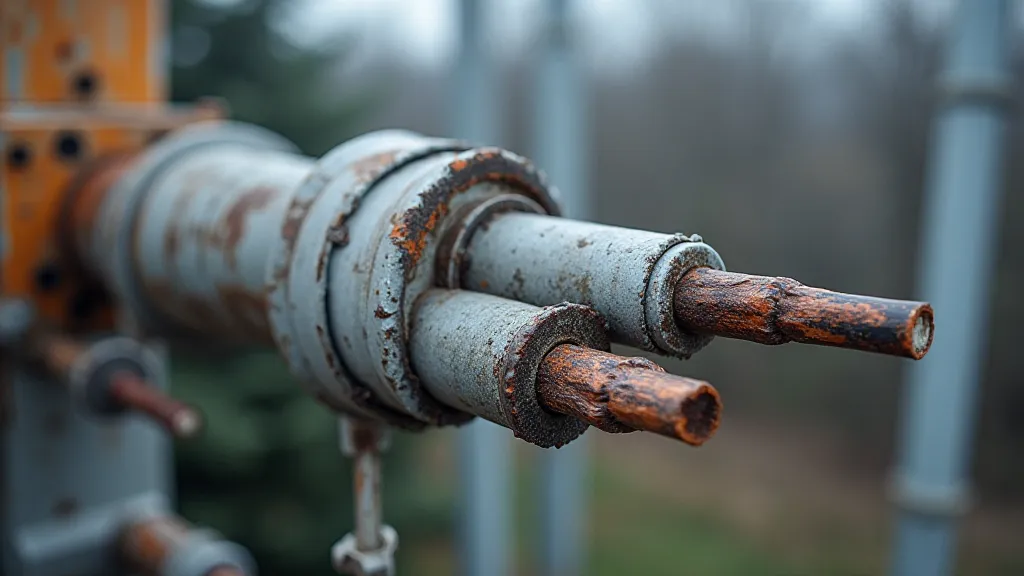
Wiring a wind turbine is a complex task, but with careful planning, attention to detail, and a commitment to safety, you can harness the power of the wind to generate your own electricity. Always prioritize safety and consult with qualified professionals when in doubt. Remember that even small-scale wind turbine systems involve potentially hazardous electrical components.
